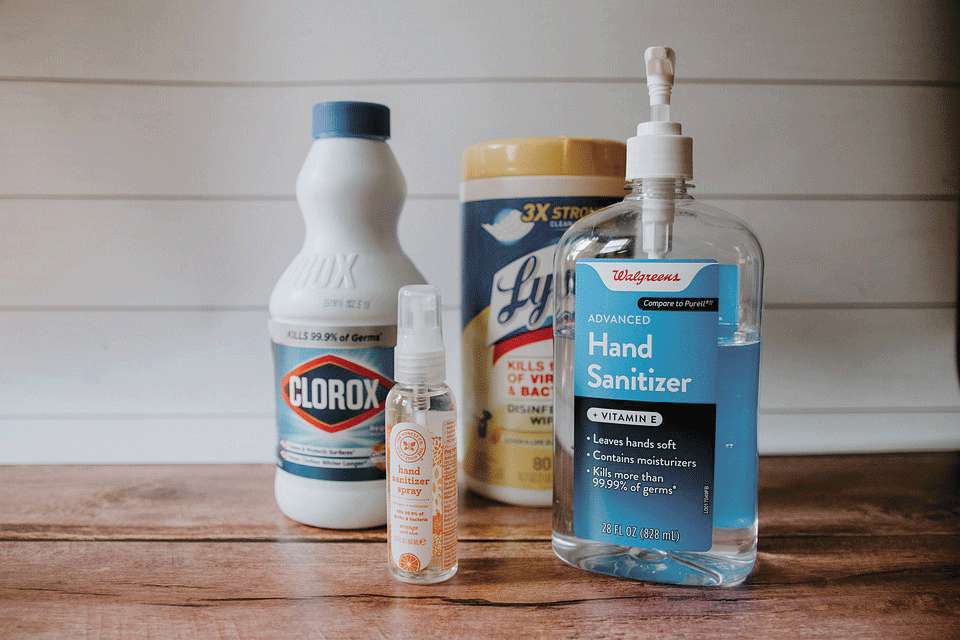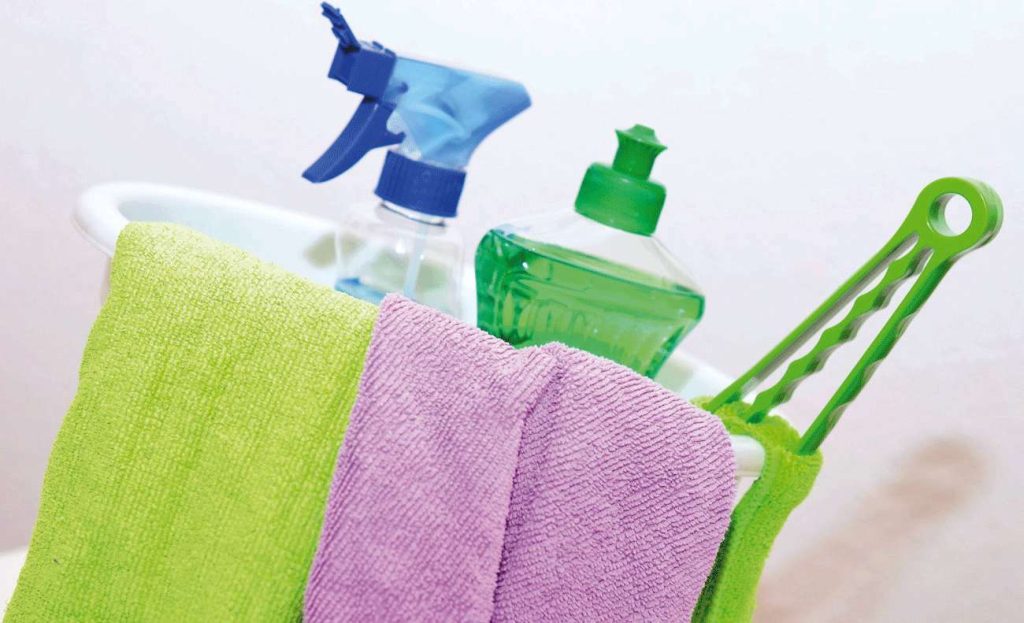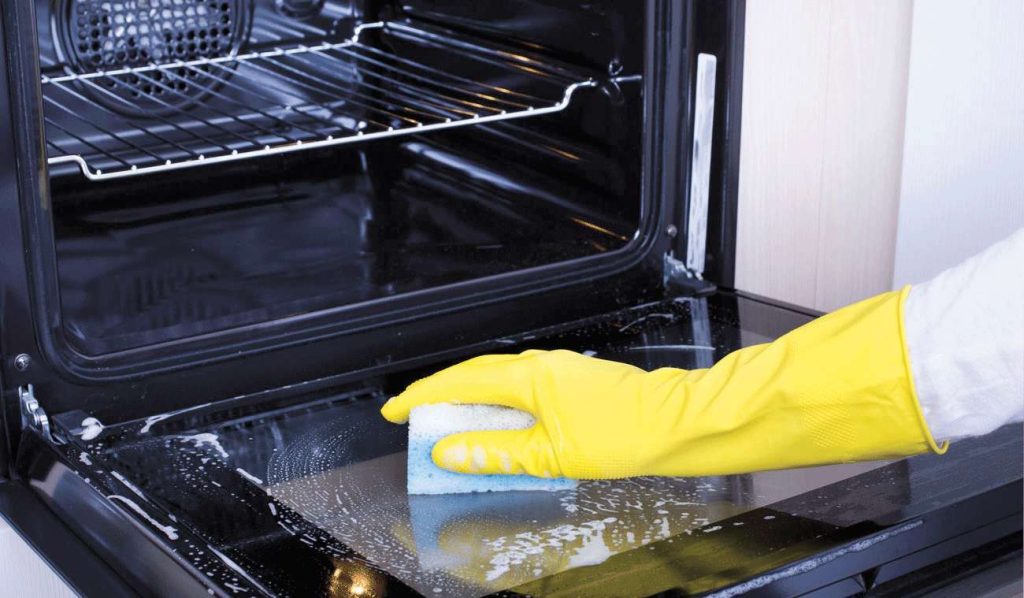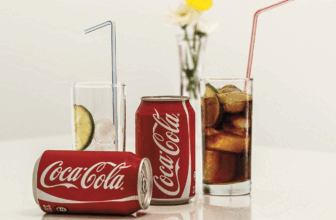
Percarbonate of soda might have a long, ominous sounding, name but it is actually a useful, cheap and environmentally friendly substance that can be used all around the home for tackling cleaning tasks, and unlike traditional bleach won’t cause harm to your health or the environment.
Percarbonate of soda, sometimes known as oxygen bleach, can be used to tackle a variety of cleaning chores, both in the home and outside.
When dissolved in water it will simply break down into oxygen, water, and sodium carbonate or soda ash.
How to use it
Percarbonate of soda must be mixed with hot water (40 oC or hotter) in order for it to dissolve and release the active ingredients. The solution will fizz so make sure you are mixing the solution in a large enough container to avoid spills. Once mixed be sure to use it as soon as possible, it is only active for 4 – 5 hours, and be sure not to leave it in a sealed container as the pressure can build up to a dangerous level.
Although it is a safer alternative to bleach it should still be kept out of reach of children and pets, due to the fact that it is very concentrated.
Laundry
The bleaching action of sodium percarbonate means that it can be used as a stain remover or laundry booster. Simply add 2 tablespoons to the washing machine dispenser, along with your regular detergent, and run the cycle as normal. If the staining is heavier, add an extra 2 tablespoons.
Percarbonate of soda can also be used to pre-soak clothing. Mix 4 tablespoons with 5 litres of warm water. Make sure that the chemical has fully dissolved before adding in your laundry.
It will do a great job on most materials, however it should not be used on delicates such as silk or wool.

Bathroom
If you need to clean and disinfect a toilet, mix 2 tablespoons of sodium percarbonate with 500 ml of hot water. Tip the solution into the toilet, and leave for 30 to 60 minutes before flushing. If the staining is stubborn, leave the chemical to sit overnight and brush before flushing.
In addition to one-off cleans, sodium percarbonate can also be used to make a multipurpose spray that can be used all around your bathroom.
To make the spray, you will need:
Glass spray bottle
1 tablespoon percarbonate of soda
Squirt of washing up liquid or soap
300 ml warm or hot water
Kitchen
Like in the bathroom, sodium percarbonate can be used to tackle a variety of kitchen cleaning jobs. It can clean, disinfect, and deodorise, making it the ideal alternative to commercial chemicals.
If you make the sodium percarbonate into a paste, you can use it to tackle stained chopping boards or work surfaces.
A sodium percarbonate spray can be used to clean fridges or freezers and kitchen bins.
If your sinks needs a clean, put the plug in, sprinkle in a couple of tablespoons of sodium percarbonate, add hot water, then wipe the solution around the sides and bottom of the sink. Leave the solution for 20 minutes, then take the plug out and rinse.
For floor cleaning, simply dissolve 50g of sodium percarbonate in a bucket of hot water, and mop the floor as normal.

Tiles and Grout
Tiling and grout can really quickly end up black with mould, mildew or just general dirt, regardless of where they are in your home.
By making it into a paste, sodium percarbonate can make light work of nasty mildew or mould on tiles or grout. Simply mix the sodium percarbonate with just enough water to make a paste, and wipe it over the tiles with a clean sponge or cloth.
Leave the paste to work for about 10 minutes, then rinse thoroughly with warm water. If the staining is stubborn, use an old toothbrush to scrub at the problem areas before rinsing.
Where to buy it
I have found a couple of places that sell it… For Earth’s Sake usually stock it, The Natural Life Shop will order it in for you, in bulk, or vera-bee.com sell it in 750g bags.
by Penny Lynch











